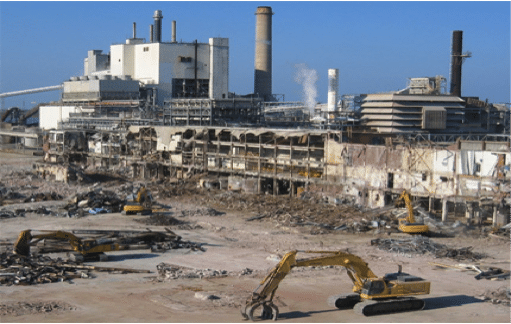 In part one and part two of the situational awareness blog series, we defined situational awareness and referenced its use in do-it-yourself projects. In this final installment of the series, we discuss how the use of situational awareness can save lives on the jobsite.
In part one and part two of the situational awareness blog series, we defined situational awareness and referenced its use in do-it-yourself projects. In this final installment of the series, we discuss how the use of situational awareness can save lives on the jobsite.
Most of us take on the responsibility of a job or career knowing that we will spend approximately eight hours per day on the jobsite. Each day, as we enter our jobsite, many of us proceed directly to our workspace without being aware of what is happening around us. Just as situational awareness (SA) can save our lives in daily situations, SA can save our lives on the job.
You may find yourself in a situation in which you are working in an area that may present the possibility of airborne exposures to harmful materials, such as asbestos. You may not be in direct contact with asbestos, but you may be in close proximity to an area where a possible asbestos containing material (ACM) is being disturbed, putting you at risk of exposure.
The jobsite pictured above contains many possible exposures, as many tasks are happening simultaneously.
When you enter a jobsite such as the one pictured, it is important to use situational awareness and take the first few moments on the site to focus on yourself and your safety. For example, first responders are trained to use situational awareness every time they are called, and they are required to use the first 10-30 seconds upon entering a scene to focus on themselves and how their surroundings may affect them.
The first few moments on the jobsite should be spent evaluating your surroundings, observing the tasks that are happening, materials that are being used, potential byproducts being created, workers that are in the area, and machinery that is present. If you have any questions from this evaluation period, do not start working until you have spoken with your immediate supervisor.
Today, workers have adopted a “Safety Culture” thought process. Situational awareness is an important piece of this culture. Examples include:
- Complex situations are better thought out
- Chains of command are established
- Toxic exposures are reduced
- There is less fear of job hazards and toxic exposures
- An emergency plan is thought out
A few of the positive outcomes from incorporating SA into your daily work schedule are:
- A safer work environment
- Less toxic exposures
- Proactive, NOT reactive, decision making
- Cost savings for your employers
- Healthier employees
To learn more about utilizing situational awareness, please read part one of this blog series. For information regarding the use of situational awareness during do-it-yourself projects, please read part two.





